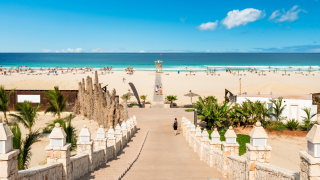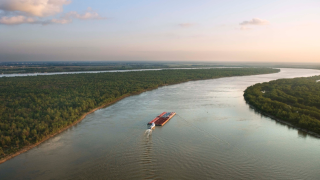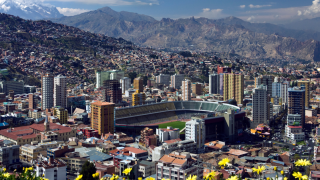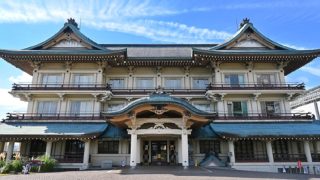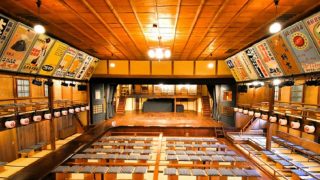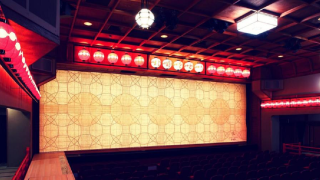 CONTENT
CONTENT Kamishichiken Kaburenjo in Kyoto: The Sacred Film Location of KOKUHO
Nestled in Kyoto’s oldest hanamachi, Kamishichiken Kaburenjo is more than a theater—it is a living cultural treasure. By serving as a set for KOKUHO, the venue reveals how traditional performing arts and modern film can merge to create new cultural value.


